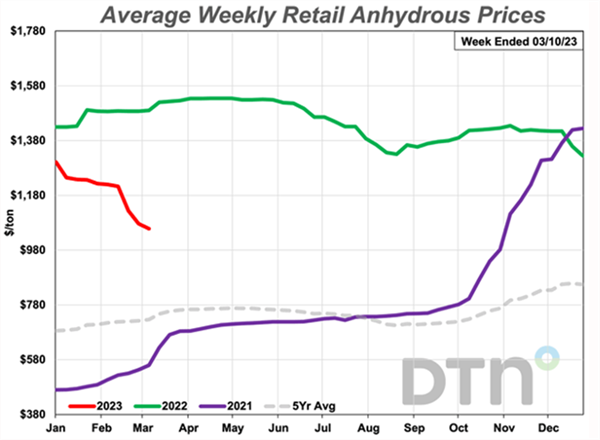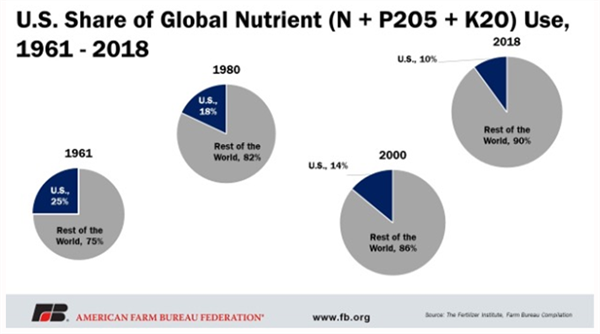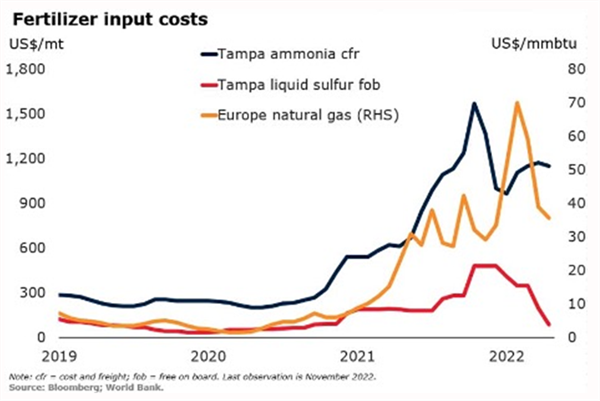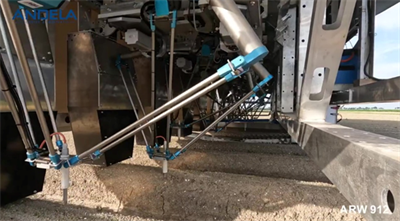-
Aug 5, 2020Summary of 2019-20 Insecticide Usage on Arizona Lettuce
The annual Lettuce Insect Losses surveys continue to show interesting trends in insecticide usage on desert lettuce. In general, the most used insecticides in fall and spring lettuce correspond directly to the key pests that typically occur during these growing periods. Overall, the pyrethroids applied both as foliar sprays and through chemigation at stand establishment were the most commonly used insecticide class. No surprise there. Over the past 15 years, pyrethroid usage has remained steady and the reason is quite clear. Pyrethroids are the most inexpensive and safe broad-spectrum insecticides still available for use in tank-mixtures for effective control of beetles, crickets, plant bugs and some Lepidopterous larvae and adults (looper and corn earworm). The overall use of OPs and carbamates continues to decline and decreased slightly compared to 2018-19. Methomyl (Lannate) usage was similar to the previous three years, but acephate usage noticeably decreased on spring lettuce this season lighter thrips pressure. In the past few years, OPs/carbamates have been increasingly replaced by several reduced-risk chemistries, of which the spinosyns are the most used class of selective insecticides. Radiant usage against both lepidopterous larvae and thrips has remained steady over the past 15 years, averaging over 2 sprays per treated acre, and remained high in 2019-20. The use of spinosyns against both lepidopterous larvae and thrips has remained steady since they were first registered. The Diamides (Coragen, Besiege, Minecto Pro, Exirel and Verimark, and Harvanta) were another commonly used selective chemistry in lettuce this season. Since they were first registered in 2008, PCAs have steadily incorporated this new chemical class into their management programs, and usage increased by about 20% on fall lettuce in 2019. Another important class of chemistry used in fall and spring lettuce are the neonicotinoids (the 3rd most used chemistry in lettuce in 2019-20) driven primarily by soil-applied imidacloprid for whiteflies and aphids. The usage of imidacloprid on both fall and spring lettuce has increased markedly since 2009, but usage last season decreased significantly where it was used on less than 80% of lettuce acres. The usage of imidacloprid on both fall and spring lettuce has increased markedly since 2009, but usage decreased last season where it was used on less than 70% pf lettuce acers. Although less Movento was used on fall and spring lettuce in 2019-20, it remains second most applied product for sucking insect control. An increase in Sequoia was reported in spring 2020 and was to about 45% of the acreage. Finally, among all insecticide chemistries, the broad spectrum, consumer–friendly pyrethroids have been the predominant chemistry applied to lettuce. However, for the past eight seasons PCAs treated a greater percentage of their lettuce acreage with selective, reduced-risk products than with the broadly toxic, OP/ carbamate chemistries. To view a summary of the estimated insecticide usage by chemical class, as well as the most commonly used insecticides on fall and spring lettuce this past growing season, go to Insecticide Insecticide Usage on Desert Lettuce, 2019-2020.
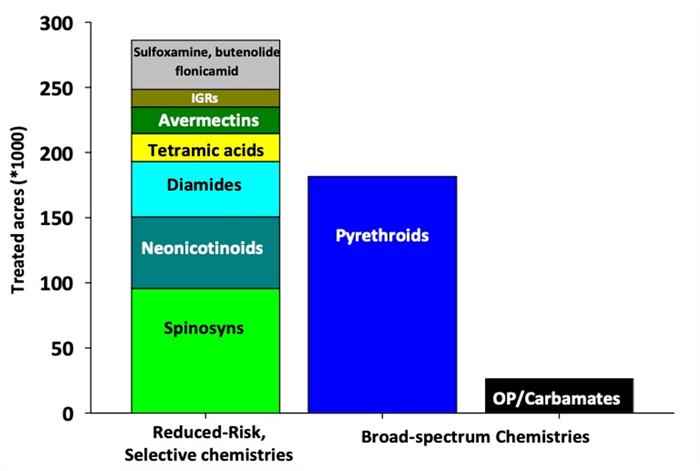
Please provide the common and scientific name for this insect.
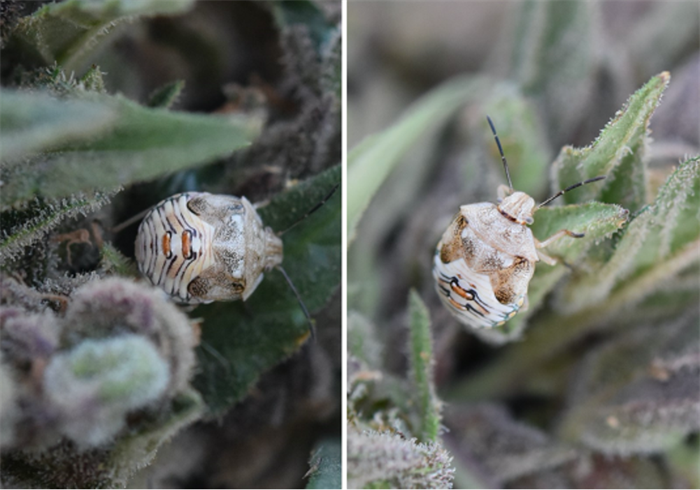 To contact John Palumbo go to: jpalumbo@ag.Arizona.edu
To contact John Palumbo go to: jpalumbo@ag.Arizona.edu



